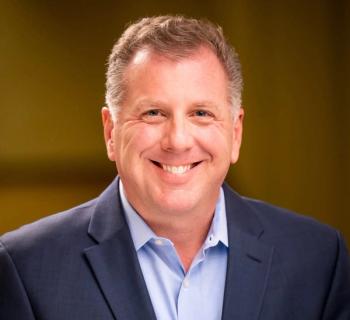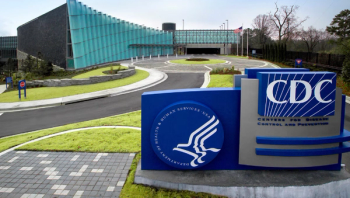
Oklahoma hospital shooting: Security guard killed, suspect fatally shot
Authorities say the suspect entered INTEGRIS Health Enid Hospital and fired multiple shots. The guard died in the incident, and police warned there could have been more casualties.
A suspect entered an Oklahoma hospital and shot and killed a security guard in the facility, and the suspect was fatally shot by police, authorities say.
Police said the incident occurred at INTEGRIS Health Enid Hospital late Sunday night. The Oklahoma State Bureau of Investigation identified the victim as J.W. Bode, and said that he was 72 years old. Authorities said he was a guard employed by the hospital.
The suspect was pronounced dead at the scene, police said. Authorities had not identified the suspect as of late Monday.
No other hospital staff, patients or visitors were injured, authorities said.
Police said they were seeking a suspect, a male, in connection with a domestic disturbance. Police found the suspect’s car outside the hospital.
Authorities said the investigation is ongoing. The hospital is based in Enid, a city of about 51,000 that sits about 100 miles northwest of Oklahoma City. The Enid hospital campus offers 183 beds across three facilities.
Hunter McKee, public information manager for the Oklahoma State Bureau of Investigation, said at a news conference Monday morning that the suspect shot at police.
“The suspect, when officers tried to approach him, fired at officers, went into the hospital, fired multiple shots,” McKee said
After firing at police, the suspect entered the hospital and was well inside the facility when he fatally shot the security guard. McKee said at the morning news briefing that he didn’t have the precise layout of where the suspect was in the hospital, he said the suspect “did go fairly deep into that first floor, firing shots.”
While McKee said the killing of the guard was “extremely sad,” he expressed gratitude that the incident was not even worse.
“We are very fortunate that other people were not hit,” McKee said. “We had multiple patients, multiple medical staff, here during that time and again, nobody was hurt.”
The hospital remained open for patients Monday, though authorities had asked members of the public who don’t need to be at the campus to stay clear of the facility while police were investigating.
In February,
Oklahoma witnessed another horrific event in 2022, when
While such shootings are rare, doctors and nurses say they continue to encounter violence at alarming levels, and
Eric Sean Clay, vice president of security at Memorial Hermann Health System, told Chief Healthcare Executive®
‘I think that's one of the things that we're going to start to really see be part of a standardized security management plan over the next three to five years,” said Clay, the former president of the International Association for Healthcare Security and Safety. “My experience, they've been very effective. So I think you'll see more people start to adopt that.”
In that February interview, Clay also said that health systems need to have detailed plans to help improve safety and prevent violence, and those plans must include mechanisms for staff to report attacks or threatening behavior.
“I think you need to have a formal and comprehensive workplace violence prevention plan that really goes into the details of what that entails,” Clay said.








































